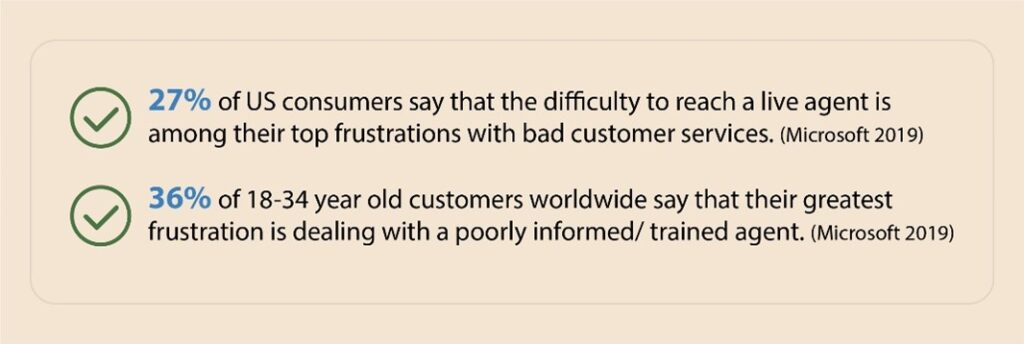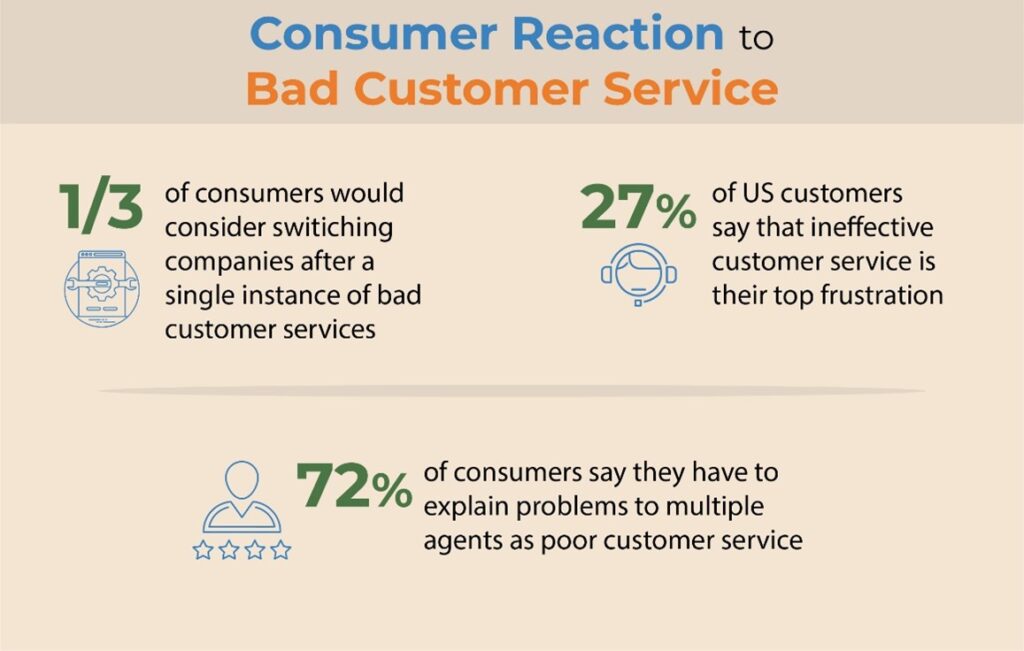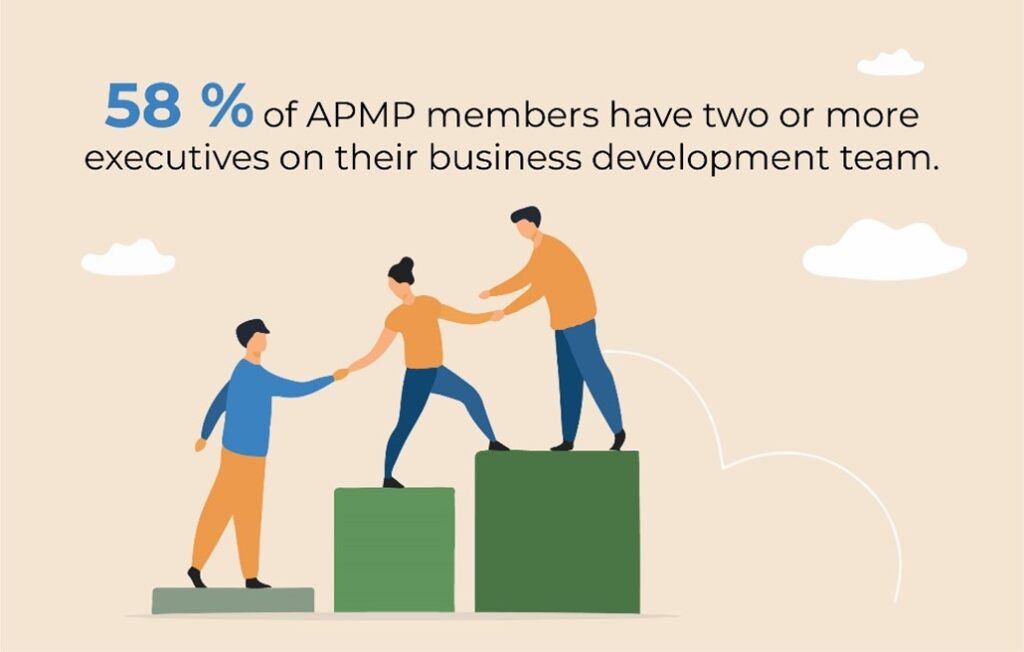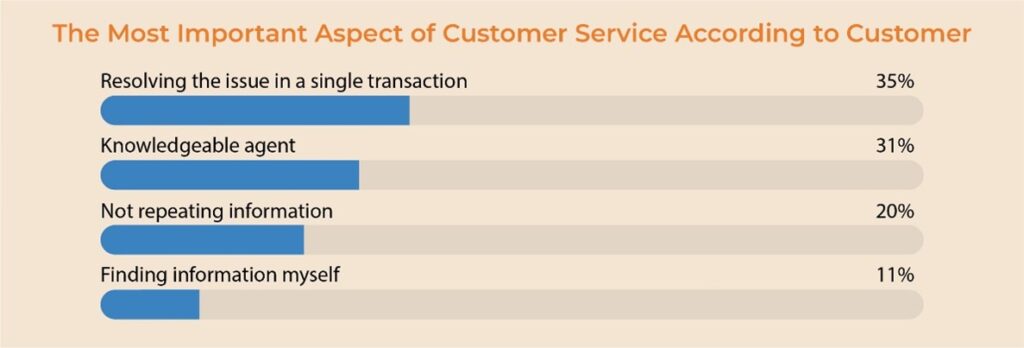In the world of RFxs, many companies suffer low win rates and while reasons may vary, there are a few common causes of lost projects. Read on how large firms strategize for bids differently to secretly cut out competitions and maximize their probability of winning. And how you can improve yours!
Provide Customers with multiple channels and modes of support
Customers might not always work in an office, they may be out on the road or some remote oil rig with a mobile phone or tablet for communication. Big service firms provide customers with the facility to reach out to their staff from anywhere, any time through omni-channel service for faster resolution time.

Price to Win
In many organizations, price is a major factor in awarding projects. Pricing can account for almost 50% of the total points in an evaluation. Since pricing is such an important factor, it’s important to research your customer’s budgets and have insights into how your competition prices their products in advance.
Make sure you pay close attention to the evaluation criteria when evaluating proposals to avoid spending time on proposals based primarily on price. Having a lower factor for price means you can compensate in other areas. Depending on the RFP, not all sections of the proposal will be weighed equally, so pay close attention to any sections about how the award will be determined.
“Best value” awards are more valuable for high-priced businesses since they emphasize value overall. Make sure you avoid LPTA RFPs, meaning “Lowest Price, Technically Acceptable” or similar criteria. In other words, the company with the lowest price that meets the criteria will automatically win the award.

Focus on Customer Focus
Big firms focus on providing information that directly addresses customer pain points and how your company will solve them for the customer. They do not go for “this is who we are” perspective but rather “this is how we can help.”
For instance, under the solution section, a paragraph describing unique features will make the customer life easier than providing a 3-page elaborative section of product specifications.
If you want to examine whether your content lacks customer focus, search for the customer name vs. your company name. in the ideal scenario, the customer name must be mentioned more times. If not, revise your content.
Business Development and Capture Planning

A sales or business development team gives your company a huge advantage when submitting a proposal. Work towards building a process where your team gathers competitive intelligence and customer insights 8-9 months before RFP release. Build a relationship with the customer and leverage a good understanding of the customer’s needs while drafting the proposal.
This will ensure that you’re a step ahead of the competition, making it harder for them to win. Big firms hire dedicated resources for capture planning: a BD Analyst, Capture Manager, Solution Architect and Proposal writers. If you’re new to this approach, start with one project and expand over time.
Develop Relationships Before the RFP

Big firms increase their Pwins by establishing a connection with the customer even before the RFP is made public. They establish it based on their core capabilities and understanding the needs of the customer. A capture approach helps develop a winning strategy, not only this, big firms go a step further by having a targeted marketing strategy that places their company right in front of the client. This helps in building confidence and trust in the offered services. The marketing strategies are often targeted at specific accounts that may or may not be the firm’s existing clients.
Know How Your Competitors Pitch
RFPs are competitive, and with high-value contracts, companies put in all their efforts to create a truly competitive proposal. To cut out the competition, it is ideal to go after the competition to learn as much as possible. To crack open their approach, you can run a thorough SWOT on your offerings and ghost out the competition by highlighting their weaknesses and boasting your strengths while drafting the proposal.
Since there is not enough time to research and collect information, big firms have competitive information handy all the time, months before RFP is released.

Partnership with Product Companies
The product vendors and software services firms often form a partnership agreement to work together to support a particular installation or pursue customers with large business segment. Large service companies form non-exclusive partnership arrangements, for instance, Accenture will do ERP work with SAP and Oracle and does significant work with both, they often create separate organization structures for such partners, and these organizations enable free-flow of knowledge and product-related news, sales pursuits, and delivery. Since the service providers provide staff for installation, configuration and customization of complex software needs, which carry a lot of risk. They strive to maintain an on-going work relationship with product companies.
Customers want to stay aware of the relationship between product vendors and service providers. Transparency on the relationship front always adds to the credibility of firms. Furthermore, transparency on partnerships is getting increasingly important with the prominence and rise of cloud vendors in the market.
Dedicated Staff with Certifications
The number of staff dedicated to the product is crucial part of forming relationship with the customer. Product vendors offer certified training program alongside the product, however, competence for the task at hand doesn’t correspond with acquiring a bunch of certifications. Nevertheless, since the certifications focus on the quirks of individual products, therefore, ensure that staffers have basic knowledge of product features.
Certifications play a major part in partnership arrangements as they indicate that staff provided by service providers have various levels of certifications concerning particular product vendor. Certified training is also an indication of relationship commitment from the service provider.

Deliver Stellar Customer Support
Organizations can only improve what they can measure. A metrics-driven approach helps get a clear understanding of the capabilities. Big firms that provide IT services either build in-house capabilities or get a product partnership to enable customer communication and track customer service metrics. With the help of analytics, the team measures effective communication; and showcases the scale, complexity, and magnitude of work delivered; and the time taken to resolve issues. Thereby showcasing reduced risk for clients.

How can Worxwide help you?
We understand that bidding for large-scale contract vehicles entails administrative and resource-intensive exercises for small businesses. Worxwide Consulting has what it takes to help you prepare and guide you through developing a winning proposal.
We bring APMP-certified professionals with extensive experience in supporting Small Businesses in the United States to bid on contract vehicles, including GSA MAS, OASIS, GSA FSS, 8(a) STARS, HCaTS, CATS+, MOBIS, RMAS, and NIH CIO-SP3 & CIO-SP4. We have a proactive team of consultants who are well-acquainted with the Federal Market and helping Small Businesses from capture to bid.
tx, USA

London, UK

India


